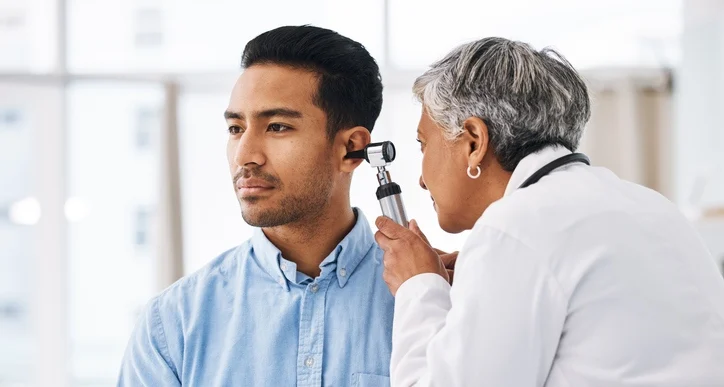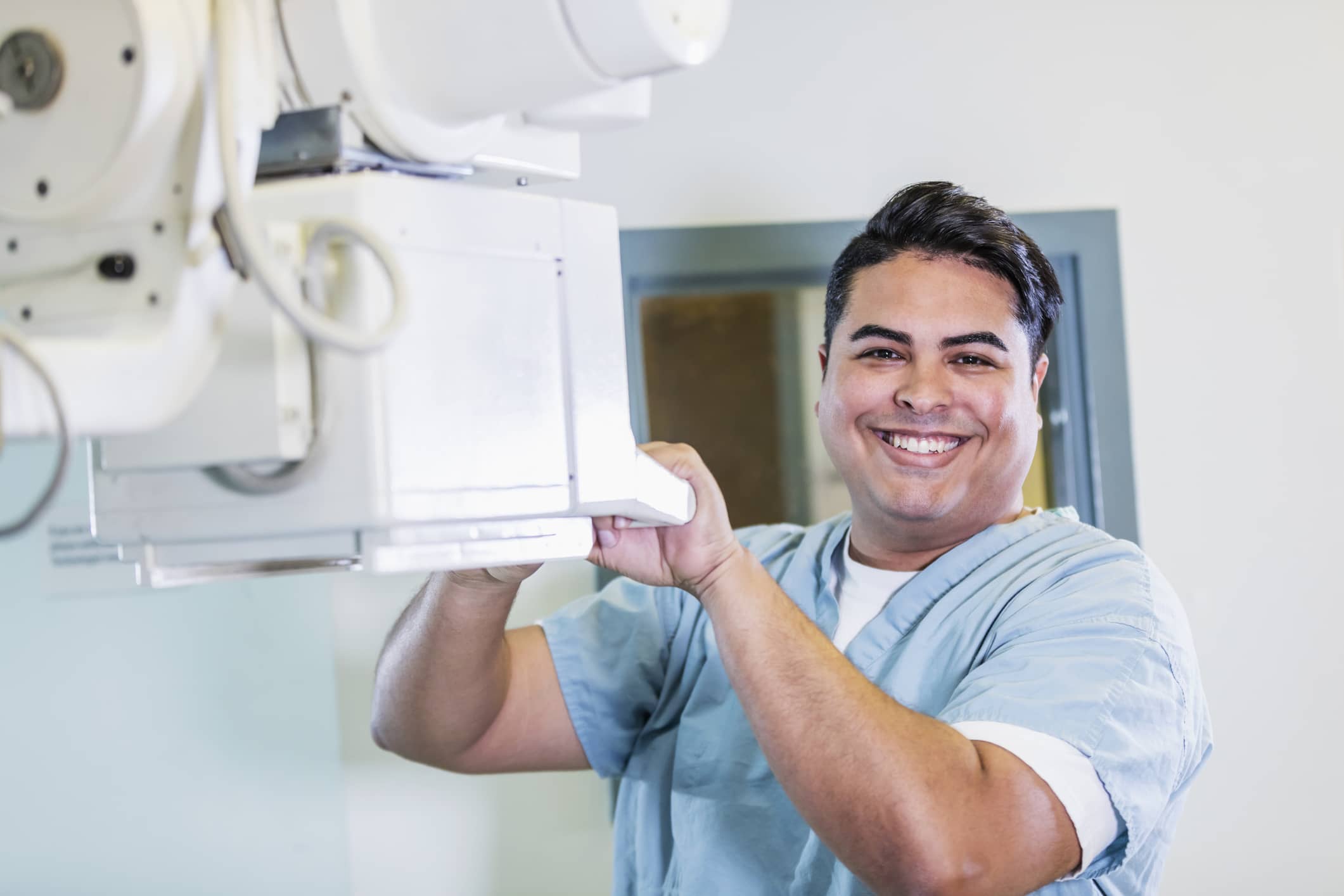
Imaging Quality Tips and Tricks for Traveling CT Techs
In medical imaging, a travel CT tech often works in diverse clinical settings, requiring adaptability and skill. Improving image quality is important, as it significantly impacts patient outcomes and diagnostic precision.
Whether you have extensive experience or are new to CT scanning, this guide provides practical tips to improve image quality in various settings.
The Importance of Image Quality for CT Techs
Image quality is paramount in CT scanning, playing a critical role in obtaining precise and reliable diagnostic information. High-quality images are essential for ensuring accurate diagnoses, which directly contribute to better patient care and outcomes. For traveling CT techs, mastering image quality across various medical settings is crucial as they adapt to different equipment and protocols.
By focusing on this aspect, techs can enhance their capabilities, providing consistent and exceptional service regardless of the environment. This specialized knowledge guarantees excellent patient care and sets you apart, showcasing your versatility and skill in providing high-quality imaging results.
Choosing the Right Equipment
Selecting the appropriate equipment is the first step in optimizing image quality in any imaging job, especially when it comes to CT scans. Different machines offer various features and settings that might require specific adjustments to achieve the best results. It's essential to familiarize yourself with the latest available technology and understand the capabilities of each tool. Consider factors like resolution, scan speed, and patient comfort when choosing equipment.
By aligning your tools with your level of expertise and the specific demands of each task, you can ensure optimal performance. This adaptability is crucial in CT scan jobs, where precision and clarity are paramount for accurate diagnostics. Remember, the right equipment not only enhances image quality but also improves workflow efficiency and patient outcomes.
Mastering Exposure Parameters
Understanding exposure parameters is essential for achieving optimal image quality in CT imaging. Key factors such as tube current, voltage, and scan time need careful adjustment to minimize noise and artifacts, which can obscure important diagnostic information. Tube current affects the number of X-ray photons emitted, while voltage influences the energy of these photons, both playing a critical role in image clarity and contrast.
Scan time determines the duration of exposure to radiation, impacting resolution and patient safety. Mastering the fine-tuning of these settings can significantly enhance your imaging results, showcasing your expertise and making you a valuable asset in any CT tech job. By optimizing these parameters, you not only contribute to better diagnosis but also ensure patient safety and efficient workflow.
Optimizing Patient Positioning
Patient positioning is crucial for obtaining high-quality images during CT scans. Proper alignment of the patient ensures that the area of interest is appropriately captured, which is essential for accurate diagnosis and treatment planning. Comfort is equally important, as it helps in reducing patient movement, which can lead to motion artifacts that degrade image quality. To achieve this, use supportive devices like cushions or straps as needed, and adjust the positioning table to suit each individual patient.
Effective communication with patients is key to maintaining stillness during the scan. Explain the procedure clearly and address any concerns they might have. Assure them of the importance of staying still and provide specific instructions or demonstrations if necessary. By paying attention to these details, you enhance not only the quality of the imaging but also your reputation as a skilled and considerate traveling CT tech, known for delivering reliable and precise results.
Utilizing Advanced Imaging Techniques
In the rapidly evolving field of radiology, advanced imaging techniques such as iterative reconstruction and dual-energy CT are revolutionizing the way we enhance image quality. Iterative reconstruction reduces noise and improves image clarity by processing data through multiple cycles, making it indispensable for accurate diagnosis.
Dual-energy CT, on the other hand, provides detailed tissue characterization by capturing images at two different energy levels, offering insights that traditional CT scans may miss. Staying updated on these latest advancements and incorporating them into your practice will not only improve patient outcomes but also make your skills highly sought after in CT scan jobs. Mastering these cutting-edge techniques sets you apart from your peers, positioning you as a leader in the field.
Enhancing Soft Tissue Contrast
Achieving optimal soft tissue contrast is crucial for accurate diagnostic imaging, especially in distinguishing between various tissue types in scans. As a travel CT tech, you play a vital role in refining these images. Begin by adjusting window levels and widths meticulously to highlight the most relevant anatomical structures. Consider how different settings reveal subtle variations in tissue density, which can be pivotal in diagnosing conditions.
Experiment with a range of adjustments and view the results from multiple angles to ensure comprehensive visibility. Mastering these techniques showcases not only your technical expertise but also your commitment to delivering precise and reliable diagnostic information across various healthcare settings.

Minimizing Radiation Dose
Balancing image quality with radiation dose is a critical skill in the field of radiology, particularly with CT scans. Radiologists and technicians must employ dose-reduction techniques such as automated exposure control, which adjusts the radiation dose based on the patient's size and the area being scanned, and iterative reconstruction, which enhances image quality while using lower doses of radiation.
These methods not only protect patients from unnecessary exposure, reducing the risk of radiation-related complications, but also showcase the healthcare provider's commitment to prioritizing patient safety. Moreover, adopting these techniques can improve diagnostic accuracy, as high-quality images are crucial for reliable analysis and treatment planning. By mastering these strategies, professionals in CT scan jobs contribute to safer, more effective patient care.
Excelling as a Travel CT Technologist at AMN Healthcare
Mastering image quality is a continuous journey for traveling CT techs. By implementing these tips and techniques, you can elevate your skills and deliver exceptional results in any clinical setting. At AMN Healthcare, we offer valuable resources and opportunities for traveling CT techs looking for their next adventure.
Latest News
Maximizing Opportunity: 4 Internal Medicine Subspecialties Best Suited for Locum Tenens
While internal medicine covers a broad field, certain subspecialties stand out as particularly well-suited to locum tenens positions. From addressing critical care needs to exploring specialized
How Anesthesiologists Can Maximize Their Earning Potential
Anesthesiology is a rewarding career in medicine, both professionally and financially. Yet, like many other professions in healthcare, the earning potential is influenced by a combination of
Exploring OBGYN Subspecialties: Which Path is Right for You?
One of the most exciting aspects of becoming an OBGYN is the opportunity to pursue subspecialties that align with your professional goals, personal interests, and lifestyle preferences.
Screening Guidelines Every Family Medicine Physician Should Follow in 2025
For 2025, significant updates have been made to emphasize personalized medicine, technological advancements, and population-specific needs.
Otolaryngologist Salary Outlook 2025
For otolaryngologists, also known as ears, nose, and throat (ENT) specialists, salary trends reveal not only the growing demand for their expertise but also the evolving dynamics of healthcare
Preparing for Match Week: How to Create Your Rank Order List
Match Week is one of the most exciting—and nerve-wracking—moments in a medical student's life. It's the culmination of years of hard work, perseverance, and ambition, where students
Key Skills for Success in Child and Adolescent Psychiatry
Child and adolescent psychiatry is a deeply rewarding yet multifaceted field that requires a unique blend of clinical expertise, empathy, and communication. These young patients often exhibit
How Much Does a Rheumatologist Make?
On average, salaries for pediatric rheumatologists range from $180,000 to $210,000 per year, according to Salary.com and other healthcare industry sources.











